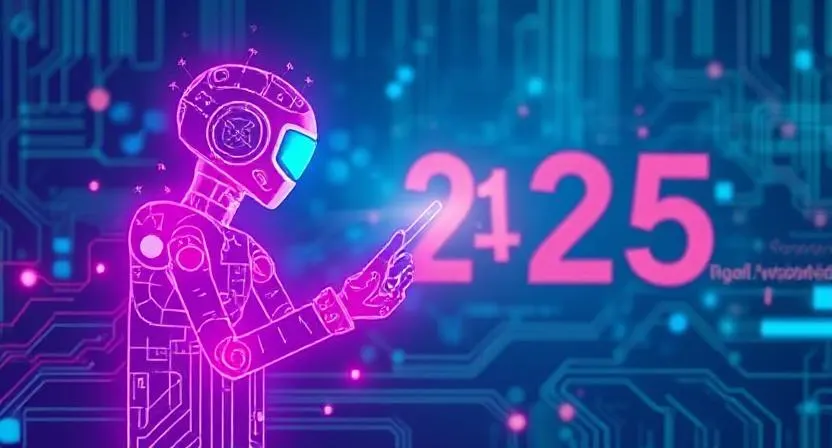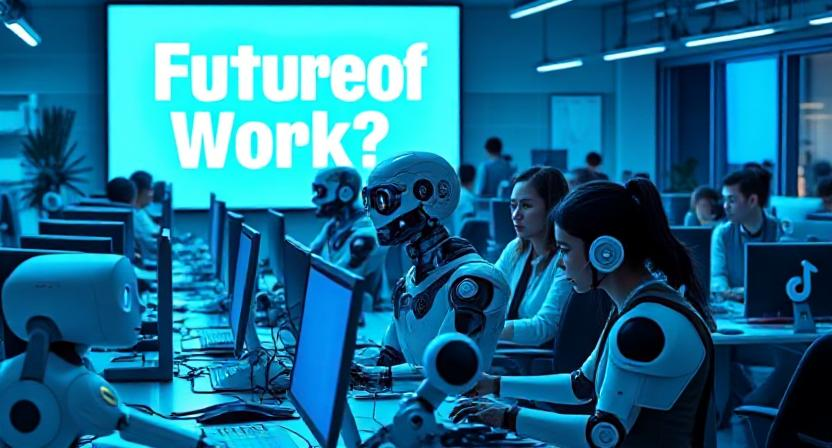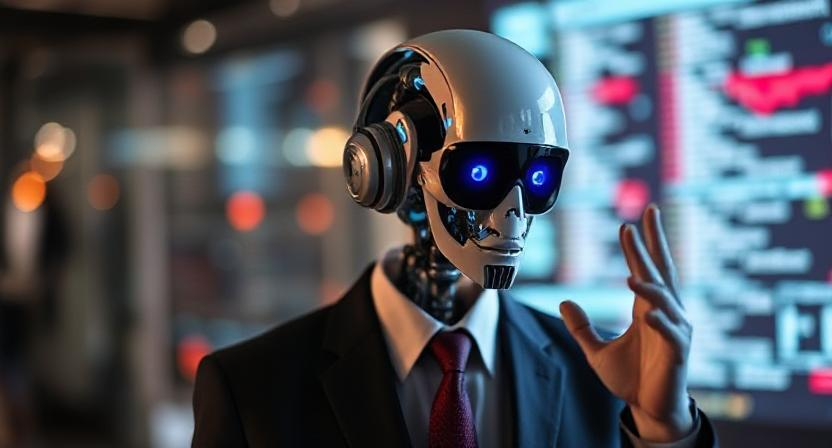In today’s technology-driven world, Artificial Intelligence (AI), Machine Learning (ML), and Deep Learning (DL) have become buzzwords. While these terms are often used interchangeably, they refer to different concepts within the broader field of AI. Understanding the distinctions between them can help businesses, researchers, and technology enthusiasts leverage their full potential. This article breaks down each term, their differences, and their applications.
What is Artificial Intelligence (AI)?
Artificial Intelligence (AI) is the overarching concept that encompasses all technologies enabling machines to mimic human intelligence. AI is designed to perform tasks that typically require human cognition, such as decision-making, problem-solving, speech recognition, and language translation. AI can be categorized into two types:
- Narrow AI (Weak AI): This type of AI is programmed to perform a single task efficiently, such as virtual assistants (Siri, Alexa), chatbots, and recommendation systems.
- General AI (Strong AI): This AI aims to replicate human intelligence to perform any intellectual task a human can do. However, General AI remains largely theoretical at this stage.
Key Features of AI:
- Simulates human intelligence
- Performs tasks such as decision-making, problem-solving, and language processing
- Uses algorithms and models to analyze data and execute tasks
What is Machine Learning (ML)?
Machine Learning (ML) is a subset of AI that enables computers to learn from data without being explicitly programmed. Instead of relying on predefined rules, ML models improve their performance over time as they process more data. ML is widely used in industries such as finance, healthcare, and marketing for predictive analytics, fraud detection, and customer insights.
Types of Machine Learning:
- Supervised Learning: The model is trained using labeled data, meaning the input is paired with the correct output. Examples include spam detection and medical diagnosis.
- Unsupervised Learning: The model analyzes patterns and relationships in unlabeled data. Clustering algorithms in customer segmentation and anomaly detection are common applications.
- Reinforcement Learning: The model learns through trial and error by receiving rewards or penalties. This is widely used in robotics and game development.
Key Features of ML:
- Learns from data rather than being explicitly programmed
- Improves performance as more data is processed
- Used for pattern recognition, predictive modeling, and automation
What is Deep Learning (DL)?
Deep Learning (DL) is a specialized subset of ML that utilizes neural networks to process data and make complex decisions. Inspired by the structure of the human brain, artificial neural networks (ANNs) consist of multiple layers of interconnected nodes (neurons) that help in feature extraction and data interpretation.
How Deep Learning Works:
Deep Learning models use multiple layers of neural networks, including:
- Input Layer: Receives raw data (images, text, or numerical values)
- Hidden Layers: Process and extract meaningful patterns from the data
- Output Layer: Produces the final result or prediction
Applications of Deep Learning:
- Computer Vision: Facial recognition, object detection, and autonomous driving
- Natural Language Processing (NLP): Chatbots, language translation, and voice assistants
- Healthcare: Disease diagnosis and medical image analysis
Key Features of DL:
- Uses neural networks to mimic human brain function
- Processes vast amounts of data for more accurate predictions
- Requires large datasets and computational power
AI vs. Machine Learning vs. Deep Learning: Key Differences
| Feature | Artificial Intelligence (AI) | Machine Learning (ML) | Deep Learning (DL) |
|---|---|---|---|
| Definition | A broad concept of machines simulating human intelligence | A subset of AI that enables systems to learn from data | A subset of ML using neural networks for complex tasks |
| Approach | Rule-based and data-driven | Learns from structured and unstructured data | Uses multiple layers of neural networks |
| Data Requirement | Can work with limited data | Requires large datasets | Needs massive datasets for accuracy |
| Complexity | Less complex | Moderately complex | Highly complex |
| Examples | Chatbots, robotics, automation | Spam detection, recommendation systems | Facial recognition, self-driving cars |
Real-World Applications of AI, ML, and DL
1. Healthcare:
- AI: Virtual health assistants provide patient support and reminders.
- ML: Algorithms predict disease progression based on patient data.
- DL: Advanced imaging tools detect tumors and abnormalities.
2. Finance:
- AI: Fraud detection systems analyze financial transactions.
- ML: Predictive analytics help in stock market trading.
- DL: AI-driven chatbots assist customers with banking queries.
3. E-Commerce:
- AI: Personalized shopping recommendations enhance user experience.
- ML: Algorithms analyze customer behavior to optimize product listings.
- DL: Visual search engines allow users to find products using images.
4. Autonomous Vehicles:
- AI: Vehicles interpret road signs and traffic conditions.
- ML: Adaptive cruise control adjusts speed based on data.
- DL: Neural networks help in real-time object detection.
Conclusion
While Artificial Intelligence, Machine Learning, and Deep Learning are interconnected, they are distinct in their applications and capabilities. AI is the broadest field that encompasses Machine Learning, and Deep Learning is a more advanced form of ML that uses neural networks for data processing. Businesses and industries are increasingly adopting these technologies to drive innovation, automation, and efficiency. Understanding these differences helps organizations make informed decisions when implementing AI-powered solutions.
As technology advances, the synergy between AI, ML, and DL will continue to shape industries, revolutionizing everything from healthcare and finance to autonomous systems and customer service. Whether you’re a business owner, developer, or tech enthusiast, embracing these technologies will be key to staying ahead in the digital era.










